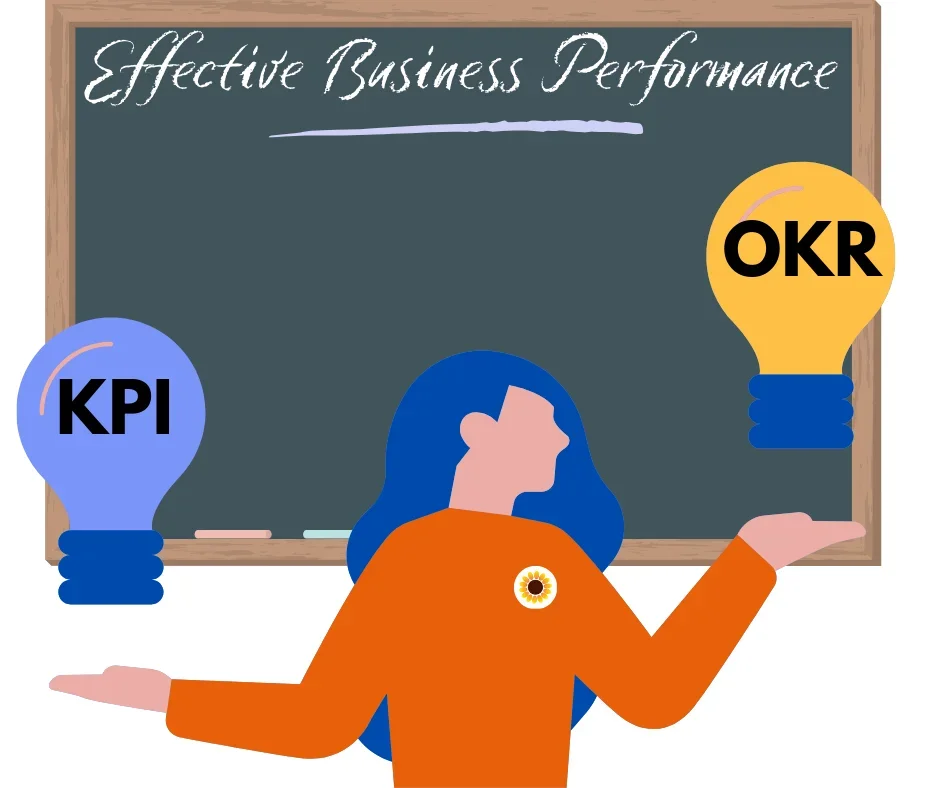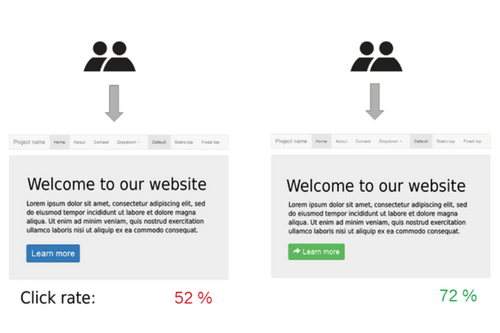As businesses strive to grow and succeed, it is important to have a comprehensive understanding of the key performance indicators (KPIs) and objectives and key results (OKRs). They have a crucial role in measuring and tracking progress towards business goals and objectives.
In this blog, we will take a deep dive into the differences between KPIs and OKRs and how they can be combined to create a powerful strategy for managing and improving business performance.
Decoding the Vitals
KPIs are quantitative metrics that measure ongoing performance and provide continuous monitoring over time. They are metrics like revenue, margin, or sales targets and help in measuring the status of a business periodically.
On the other hand, OKRs are goal-setting frameworks that focus primarily on driving change. They involve setting specific objectives and defining key results (KRs) to support that objective. Objectives are focused more on goals like increasing engagement or improving customer service and KRs are specific, measurable targets set quarterly or annually to help achieve these objectives.
Are you wondering which is better for business performance: KPIs or OKRs? Watch our 2-minute Chalk Talk video!
Navigating Performance Metrics
KPIs and OKRs are different in their approach, but they are both critical in measuring business performance. While KRs in OKRs can be KPIs, the two metrics differ in terms of their underlying objectives.
- OKRs focus on creating change, while KPIs primarily focus on monitoring and maintaining consistent performance.
- While KPIs create a level of predictability and continuity in the business, OKRs encourage businesses to strive for change and improvement and break away from the status quo.
The Symbiosis of KPIs and OKRs

KPIs can provide critical insights on business performance over time, while OKRs can provide businesses with a clear roadmap of their objectives, and how to achieve those objectives through specific KRs. Combining the two creates a balance between maintaining consistent performance and striving for continuous improvement.
It’s important to note that while these both are essential in driving business performance, they serve different purposes. KPIs focus on measuring the status of a business over time, while OKRs focus on setting specific objectives and driving change. When combined, the two metrics can create a powerful strategy for managing and improving business performance.
Conclusion

In conclusion, they both play a critical role in measuring business performance. KPIs provide businesses with ongoing measurements to ensure targets are met while OKRs provide clear objectives and KRs to help businesses achieve their goals. While they differ in their approach, they can be combined to create a more comprehensive approach to measuring business progress. By understanding their differences, businesses can set realistic goals and measure their success effectively, leading to overall business growth and success.

Watch our Chalk Talk video to learn more about how to combine KPIs and OKRs to create a powerful strategy for managing and enhancing business performance.
You might also like
Stay ahead in tech with Sunflower Lab’s curated blogs, sorted by technology type. From AI to Digital Products, explore cutting-edge developments in our insightful, categorized collection. Dive in and stay informed about the ever-evolving digital landscape with Sunflower Lab.








